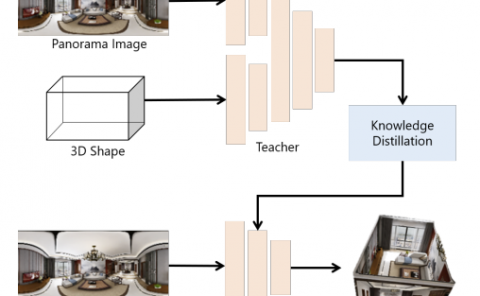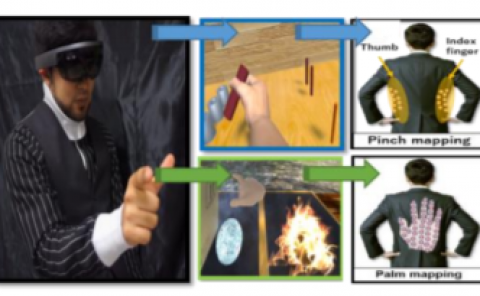VRmove: Design Framework for Balancing Enjoyment, Movement and Exertion in VR Games
PubDate: October 2018
Teams: University of Sydney
Writers: Soojeong Yoo;Marcus Carter;Judy Kay
PDF: VRmove: Design Framework for Balancing Enjoyment, Movement and Exertion in VR Games

Abstract
Since the release of the HTC Vive and Oculus Rift tracking has improved, leading to virtual reality (VR) games that allow players to stand and physically move around virtual environments. Consequently, these VR games can provide players with beneficial levels of exercise. In this paper we provide a design framework for using activity sensor data within VR games called VRmove. This framework was derived from an analyses of data from studies of 18 players over 4 diverse commercial VR games to identify key elements for exertion and enjoyment: actual and perceived exertion being key for representing the gain from the fun disguising the effort and the multi-factorial element of movement involved. The rationale of this work is to demonstrate the use of the VRmove framework to inform the design of a new game. This work’s core contribution is the VRmove framework, which informs the design of future VR games so they are exerting while still being enjoyable.



